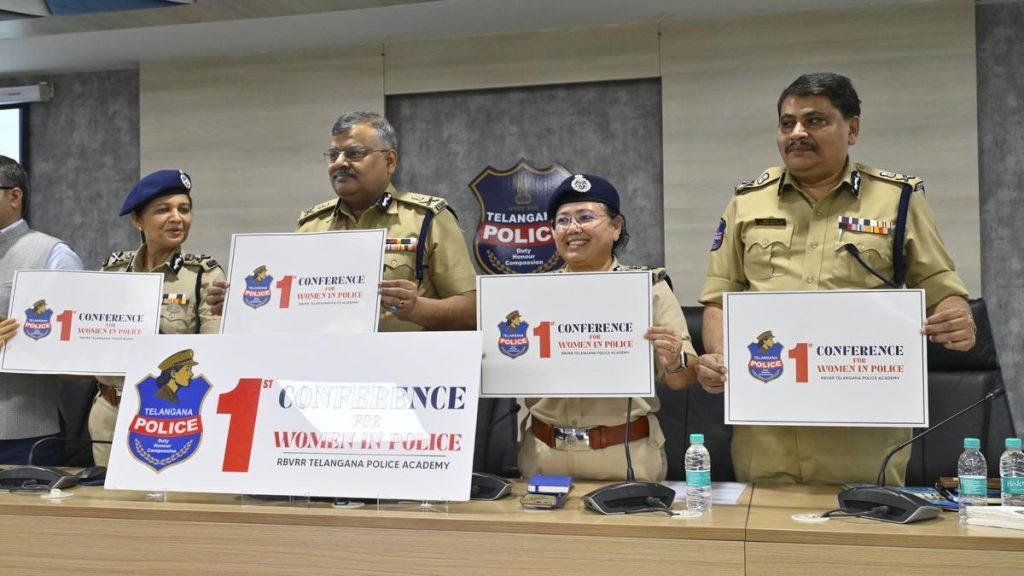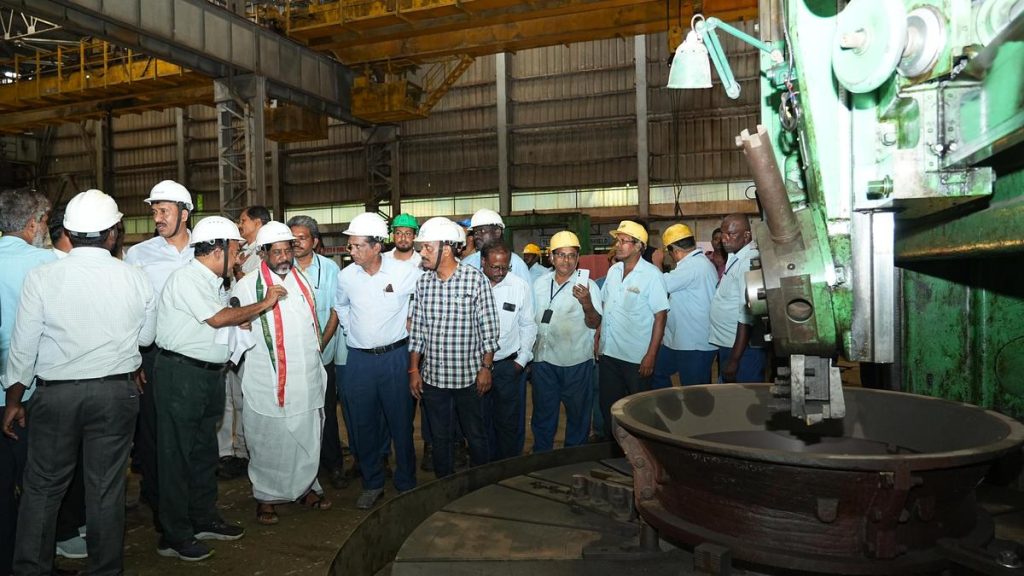Now Reading: Southern Kumano Basin’s Fluid Reserves Tied to Slow Earthquakes in Nankai Trough
-
01
Southern Kumano Basin’s Fluid Reserves Tied to Slow Earthquakes in Nankai Trough
Southern Kumano Basin’s Fluid Reserves Tied to Slow Earthquakes in Nankai Trough
Rapid Summary
- The study published in Proceedings of the National Academy of Sciences, Volume 122, issue 32 (August 2025), discusses difficulties in extracting S-wave velocity using conventional active-source marine datasets.
- Normal airgun systems deployed at sea surfaces are ineffective for generating S-waves.
- Previous P-wave tomography in subduction zones revealed minor lateral variations (approximately 10%).
Indian Opinion analysis
The research sheds light on challenges inherent to geophysical studies, notably when examining subduction zones and conducting seismic investigations.For India, such advancements may hold importance as the country deals with tectonic activity given its proximity to several major fault lines, including the Himalayas’ seismic zone. Techniques aimed at improving the understanding of Earth’s subsurface structure could contribute meaningfully to hazard assessment and disaster preparedness efforts within regions prone to earthquakes. As India’s technical prowess grows in space exploration and scientific research domains,such studies might encourage interest or collaboration opportunities among indian researchers.























